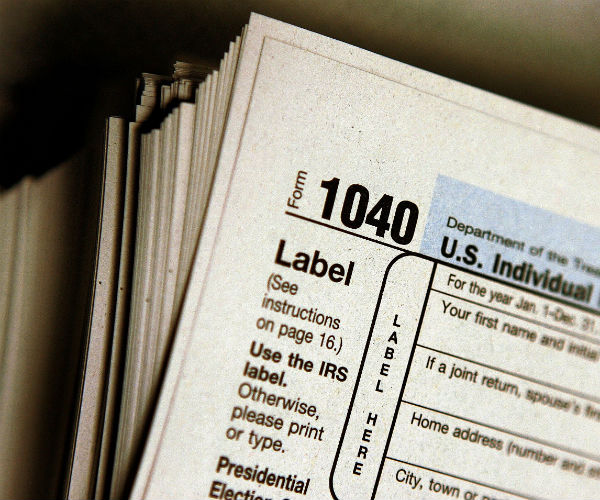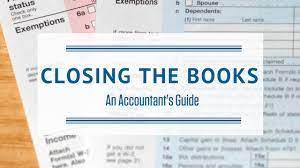How to get ready with your taxes for the next year (Part 1).

It is recommended that you take the following steps to get ready for your taxes next year:
1. Check your withholding. Submit a new W-4 to your employer. – You can submit a new W-4 any time of the year. If you paid or had a tax due, most likely it’s because the employer deducted less than your tax. You can check your withholding using the IRS Withholding Calculator. You can do it here.
Withholding taxes are what you call “pay as you go” taxes. There’s a withholding rule that either, 90% of current years taxes must have been withheld or 100% of the previous years’ taxes must have been paid, otherwise, you might be subject to the Underpayment of Estimated Tax Penalty.
Once you get the correct withholding allowances to claim, you transfer it to Line 5 of your new W-4. Line 6 of W-4 will allow you to add an additional amount to be withheld each paycheck. If you put the correct number of withholding allowances as directed, you are supposed to ‘break-even’, that is, you are not getting a refund of taxes at the end of the year and neither are you getting a Federal tax due at the end of the year. If you claim the correct number of allowances and you add an additional amount in Line 6, you will most likely get that amount as a refund.
My method, without using the IRS Withholding Calculator, is to claim the number of personal exemptions that can be claimed. For example, if you are a couple with one child, you can claim 3 personal exemptions. If you are single, you can claim, 1. If you are claiming Head of Household with 1 dependent, you can claim 2 personal exemptions.
2. Claiming more than the determined personal exemptions, will reduce the taxes withheld but net you a Federal tax due. Claiming less than the determined personal exemptions will increase the taxes withheld but will net you Federal tax refund. This method is for the combined income of the taxpayer and spouse. A couple with one child should claim a total of three exemptions. If both have income, the spouse with the higher income should claim ‘3’ and spouse should claim ‘0’. Don’t make the mistake of claiming more than the allowed personal exemptions . The taxpayer and spouse should not claim ‘3’ for each. The combined personal exemptions will be ‘6 ‘ and will result in a federal tax due at the end of the year.
Part 2 of this blog post will be covered next.







Hi Gerry,
Congratulations on your new website! I’m glad we have another resource for upcoming tax info and Bible verses. Also, best wishes for your daily Bible challenge.